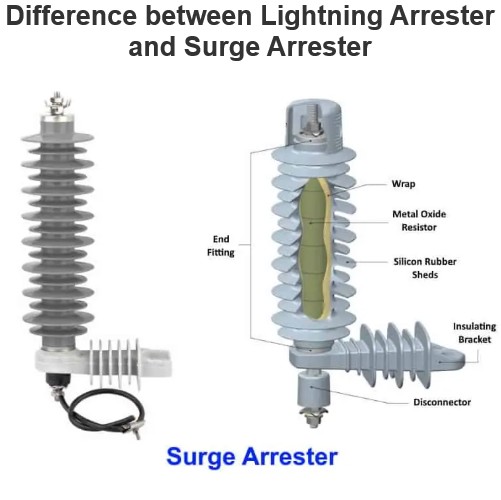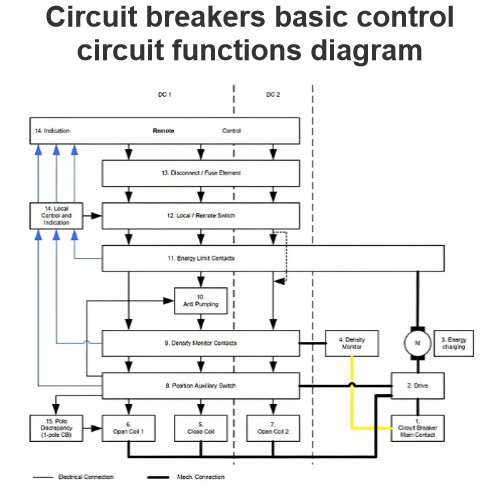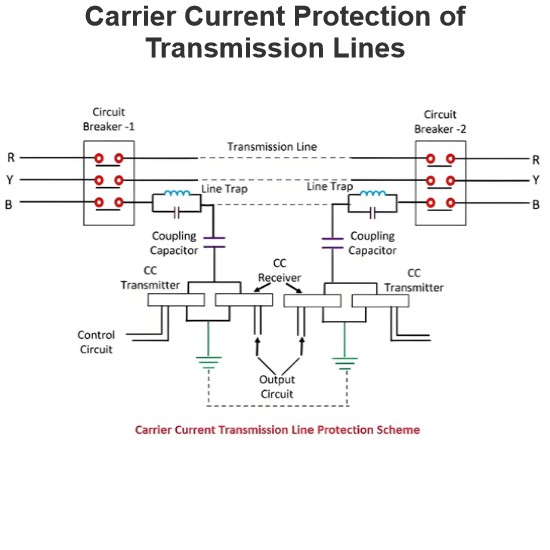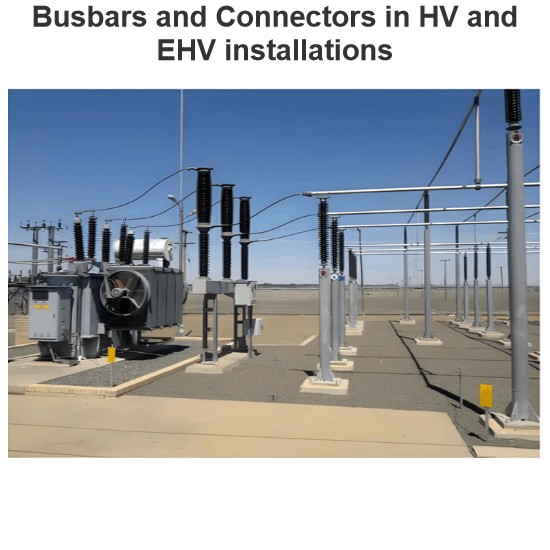What is the process for connecting an AC/DC converter to a three phase motor?
I. Preliminary Preparations
(1) Understand three-phase motors and AC/DC converters
Three-phase motor
Three-phase motors have star and delta connections. The star connection involves connecting x, y, and z to the ends of three sets of windings, drawing a neutral line from the connecting point, and leading out three lines from the other end of the coil winding to A, b, and c, forming a three-phase four-wire system; the delta connection involves connecting the power supply or load in sequence, without a neutral point, which is a three-phase three-wire system, plus a ground wire for a three-phase four-wire system. Different connections affect the operating characteristics of the motor, so it is necessary to clarify the type of motor connection before connecting to an AC/DC converter.
AC/DC Converter
An AC/DC converter is an element that converts alternating current voltage into direct current voltage. Common conversion methods include the transformer method and the switch method. The transformer method first steps down the alternating current voltage through a transformer, then full-wave rectifies it using a diode bridge rectifier, and finally smooths the output direct current voltage with a capacitor; the switch method involves diode bridge rectification, capacitor smoothing, followed by chopping the direct current voltage through the ON/OFF of switch elements, and then outputting the direct current voltage after operations such as voltage reduction using a high-frequency transformer, with feedback control to ensure stable direct current output.
(II) Confirm Equipment Parameters
Three-phase Motor Parameters
It is necessary to confirm the rated voltage, rated power, rated current and other parameters of the three-phase motor. For example, the rated voltage is an important basis for determining the output direct current voltage of the AC/DC converter. If the rated voltage of the motor is 380V (three-phase alternating current voltage), then the output direct current voltage of the AC/DC converter needs to meet the requirements of the motor's start-up and operation.
AC/DC Converter Parameters
It is necessary to clarify the input voltage range of the AC/DC converter (such as the line voltage range when the input is three-phase AC), output voltage, output current and other parameters. For example, the output voltage should match the rated voltage of the three-phase motor, and the output current should meet the running current requirements of the motor.
II. Connection Steps
(1) Connect three-phase power to the AC/DC converter
Three-phase Power Terminal
For a three-phase four-wire power supply, correctly distinguish between the three phase lines (L1, L2, L3) and the neutral line (N). For a three-phase three-wire power supply, there are only three phase lines.
AC/DC Converter Input
According to the wiring labels of the AC/DC converter, connect the phase lines of the three-phase power supply to the three-phase input terminals of the AC/DC converter. Some AC/DC converters may require specific phase sequence connections, so be sure to follow the device manual strictly.
(II) Connect the AC/DC converter to the three-phase motor.
AC/DC Converter Output
Determine the positive and negative terminals of the DC output of the AC/DC converter.
Three-phase Motor Connection
Connect the positive terminal of the DC output of the AC/DC converter to one end of a winding of the three-phase motor (e.g., the starting end of the A-phase winding), and the negative terminal to the other end of that winding or to the common terminal of the motor (if available). If it is a multi-winding motor, connect the other windings to the output terminals of the AC/DC converter in sequence according to the motor's wiring diagram and design requirements.
III. Inspection after Connection
(I) Check for Firm Connection
Check all the connecting wires from three-phase power to AC/DC converter and from AC/DC converter to three-phase motor to ensure that they are firmly connected and there are no loose terminal connections.
Check if the connections at the wire joints are tightened to avoid overheating and sparking due to poor contact.
(II) Electrical Parameter Inspection
Use measuring tools such as multimeters to check if the input voltage of the AC/DC converter is within the normal range and whether the three-phase voltages are balanced.
Measure the output direct current voltage of the AC/DC converter to ensure it meets the requirements of the three-phase motor, and check for short circuits or open circuits in the output.
(III) Equipment Start-up Test
After ensuring that the previous inspection is correct, power on the AC/DC converter first, observe its working status, such as whether the indicator lights are normally lit, whether there are alarm sounds, etc.
Then start the three-phase motor and observe its operation, including whether it starts normally, whether there are abnormal vibrations and noises during operation, etc. If any abnormality is found, immediately stop the equipment and re-check the connections and equipment parameters.
The Electricity Encyclopedia is dedicated to accelerating the dissemination and application of electricity knowledge and adding impetus to the development and innovation of the electricity industry.













